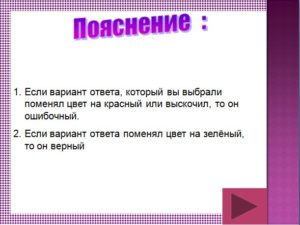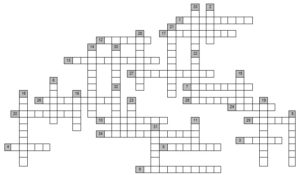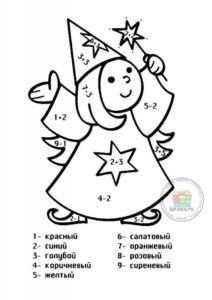mathsman
OSSHI No. 3 for children with OIA
d. Karaganda
Currently, there is already a great experience in incorporating elements of programmed learning into the educational process in the lessons of mathematics, Russian language, sewing, natural science, geography. The forms of programming assignments and the methods of control and self-control used in different schools vary. Work on the introduction of elements of programmed learning in order to improve the pedagogical process is carried out by M.A. Arnoldov, H.O. Klaas, H.K. Lipp.
The advantages of programmed learning are undeniable. This method is already widely used in the educational process of our school. Students with OVR, repeating and consolidating the educational material, acquire solid skills of independent work, their actions are purposeful, mental processes are corrected.
They have confidence in their abilities, strong-willed qualities are formed more actively, children acquire the skills of clear, consistent actions; cognitive interest is developed. The proposed system of programmed learning provides for its use in combination with traditional teaching methods.
Testing during training in mathematics allows you to fully and quickly obtain objective learning results, which can be used both for modern adjustment of the educational process and for the organization of effective individual training.
The manual presents tests to choose the correct answer from several proposed, among which there is necessarily the correct answer.
All tests for students of grades 5 – 9 are made taking into account typological groups: I – B (1-2 Ur.) II – B (3 Ur.).
When conducting testing, especially at first, it is necessary to clearly explain to students how to perform it.
{module Google_kvadrat}
Test tasks contain the following sections:
- The formation of fractions;
- Comparison of fractions;
- Right and wrong fractions;
- Basic properties of the fraction;
- Finding part of the number. Finding several parts of the number;
- Adding and subtracting fractions with the same denominators;
- Adding and subtracting fractions with different denominators;
- Multiplication and division of fractions.
The manual adheres to the principle of concentricity of the presentation of educational material in mathematics.
Answers are provided at the end of the manual.
The full text of the manual with answers can be downloaded





